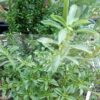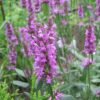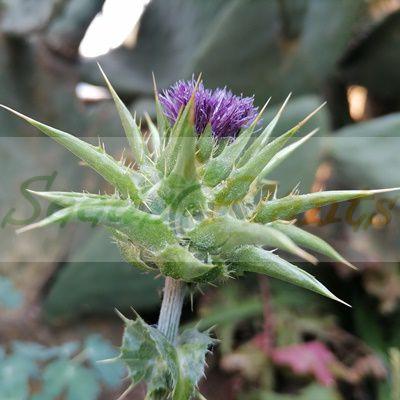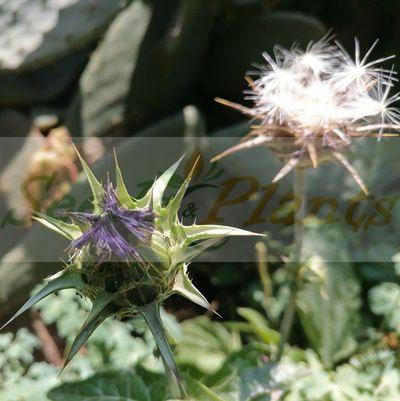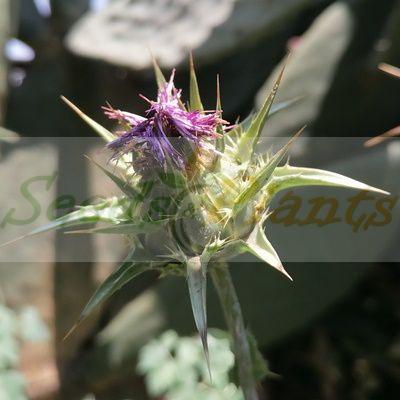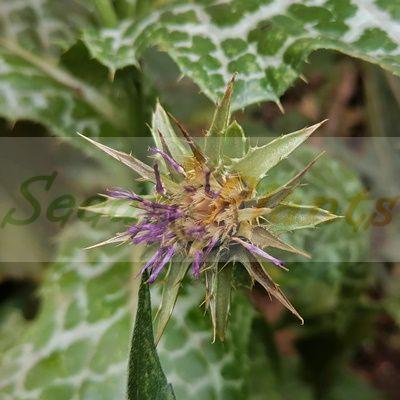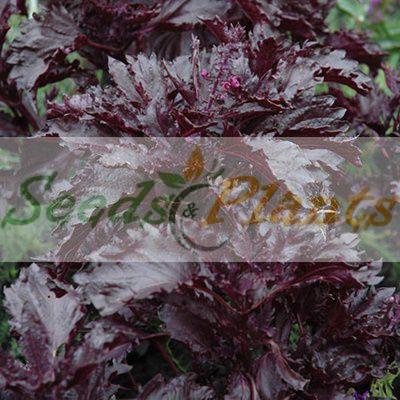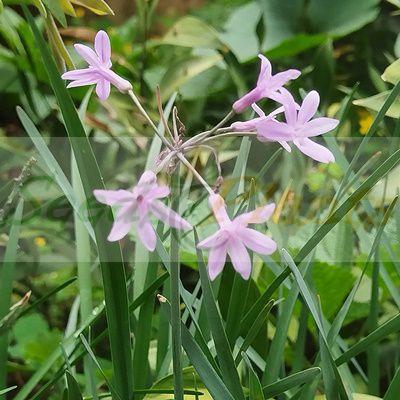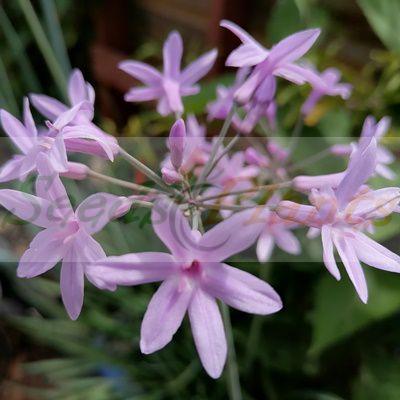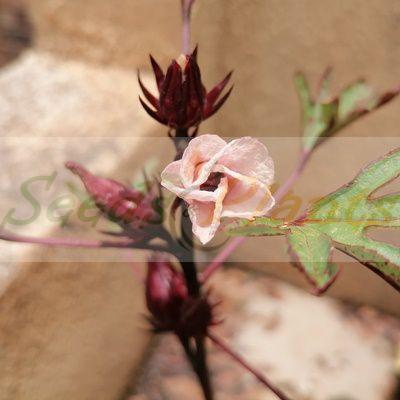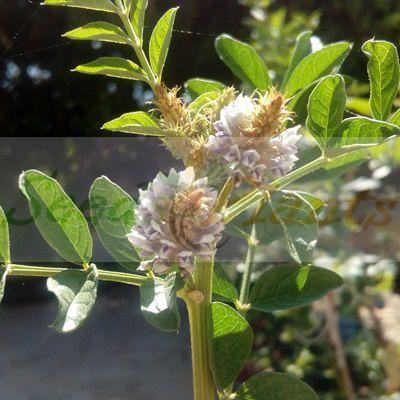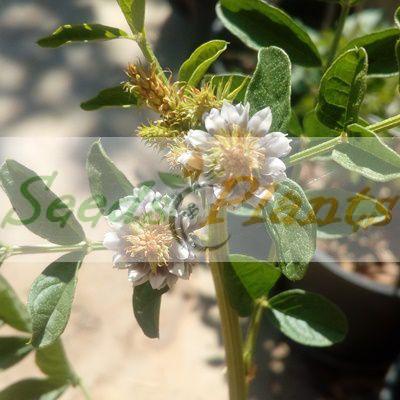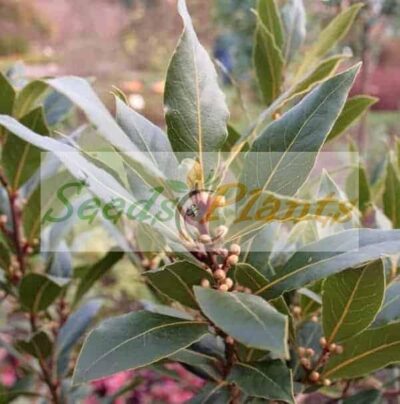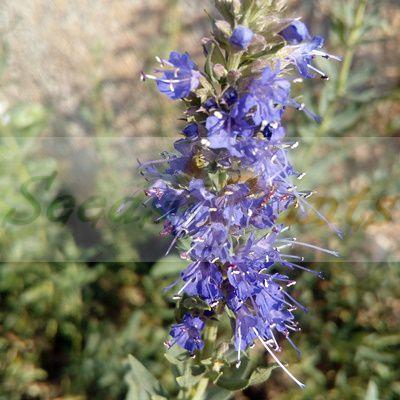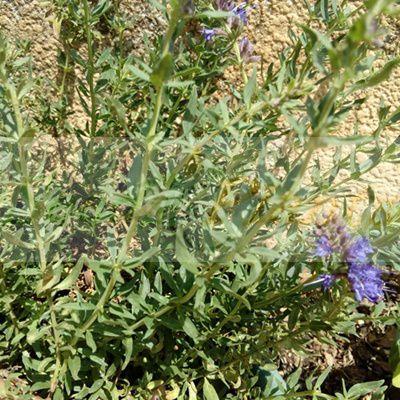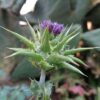-
×
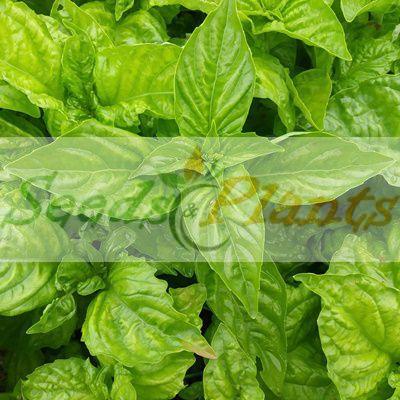 Sweet Large Leaved Basil - 100 Seeds
1 × R30.00
Sweet Large Leaved Basil - 100 Seeds
1 × R30.00
Milk Thistle – 5 Seeds
(Silybum marianum)
R30.00
Milk Thistle is grown both as an ornamental flower and as a culinary and medicinal herb. The seed of the milk thistle plant is commonly used to treat chronic inflammatory liver disorders.
Common Names: Milk thistle, blessed milkthistle, Marian thistle, Mary thistle, Saint Mary’s thistle, Mediterranean milk thistle, variegated thistle and Scotch thistle.
Indoor Sowing: Not Recommended.
Direct Sowing: Spring and Autumn.
In stock
Milk Thistle Seeds. Milk Thistle (Silybum Marianum) is grown both as an ornamental flower and as a culinary and medicinal herb. It is incredibly popular with pollinators, especially bees and various pollinating fly species like syrphid flies. It is a heady, spiny plant with white-veined leaves and purple flowers. The seed of the plant is commonly used to treat chronic inflammatory liver disorders and it is among the top-selling medicinal herbs. While milk thistle products are easy to come by, this is a great herb to grow at home. It requires very little care and a controlled environment to prevent invasive growth. This species is biennial plant of the family Asteraceae.
Milk Thistle Culinary Uses
- Roots – the large carrot-like taproots on the young plants can be cooked and eaten before they get too old and fibrous.
- Leaves – the leaves can be cooked and eaten like spinach, although it’s advisable to cut the spines off first.
- Flowers – the young flower stems can be eaten before they mature and hollow.
- Stems – the immature flowers can be used to make sun tea; some people report eating them like their relative artichokes.
- Seeds – mature thistle seeds are the most commonly used edible part of the plant.
Milk Thistle Medicinal Benefits
- It has been used for over 2000 years to treat illnesses such as liver and gallbladder problems, hepatitis and even as a cure for mushroom poisoning. In addition, it shows promise as a cancer treatment, although more studies are required.
- It has been prized for centuries for its anti-inflammatory, antioxidant and antiviral properties.
- It is also highly regarded as a liver tonic due to high amounts of a chemical compound known as silymarin.
- It is a bitter digestive and diuretic tonic herb. It stimulates bile flow. It increases lactating mother’s milk flow production and relaxes spasms.
Growing Milk Thistle
Indoor Sowing: Not Recommended.
Direct Sowing: Spring and Autumn.
- It is a hardy plant that grows well in different environments, but it prefers high temperatures and dry conditions. The only requirement for milk thistle is a well-draining soil.
- Seedlings do not transplant well, so indoor sowing is not recommended.
- To grow milk thistle outdoors, sow seeds 90cm apart, directly into the prepared soil.
- Barely cover the seeds with soil, as they need some light to germinate.
- Keep the soil moist until germination, which takes about 2 weeks.
- It is a very drought tolerant plant and prefers dry conditions.
- It should not be necessary to water milk thistle unless there are very extreme conditions of drought.
- The plant reseeds itself readily so in order to control its spread, it is advised to harvest the seeds before they become over-mature.
Disclaimer
Medicinal Information:
All medicinal information on this website is for educational and informational purposes only and may not be construed as medical advice. The information is not intended to replace medical advice or treatment offered by healthcare professionals.
Seeds, Plants, Plant Cuttings, Geophytes and Dried Herbs:
In some countries and provinces, certain plants are deemed as invasive and are not allowed to be planted at all, whilst some plants are allowed to be grown only in certain areas or provinces. The onus is on you as the buyer to familiarize yourself with the regulations pertaining to your location, before purchasing any of our seeds, plants, plant cuttings, geophytes or dried herbs. We will not be held liable, should you purchase any seeds, plants, plant cuttings, geophytes or dried herbs. from us which are prohibited in your country or province.

